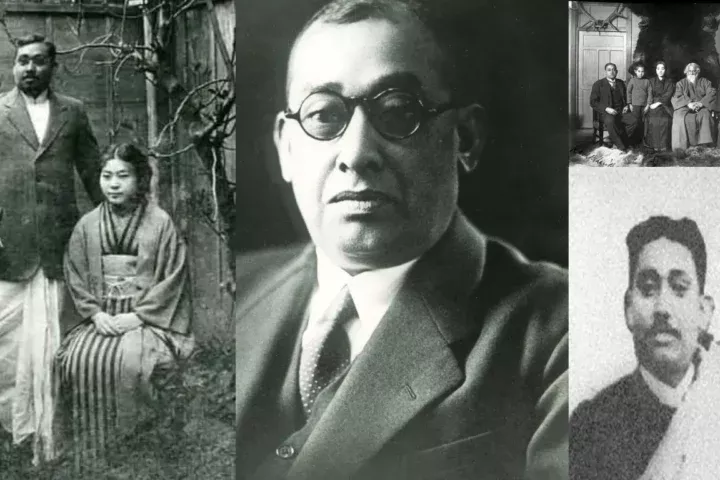Ministry of Consumer Affairs, Food & Public Distribution directed all mills/distilleries not to use sugarcane juice for making any ethanol with immediate effect. Get all about Ethanol Blending Program.

Context: The Ministry of Consumer Affairs, Food and Public Distribution directed all mills and distilleries not to use sugarcane juice/syrup for making any ethanol “with immediate effect”.
What Is Ethanol?
- Ethanol (chemical formula: C2H5OH) is a type of alcohol produced by fermenting sugars found in plants.
- It can be used as a fuel source or an additive in other products.
Ethanol Blending
Ethanol blending refers to the process of mixing a motor fuel with ethyl alcohol(ethanol), which will be 9% pure alcohol and sourced from agricultural products, exclusively with gasoline…
Advantages of Ethanol Blending.
- Reduced reliance on fossil fuels: Biofuels decrease dependence on limited and polluting fossil fuels, lowering greenhouse gas emissions and mitigating climate change.
- For example: Grain-based ethanol cuts greenhouse gas emissions significantly by 44 to 52% compared to gasoline, according to the US Department of Energy’s Argonne National Laboratory.
- Renewable energy source: Biofuels are grown from renewable crops, ensuring long-term energy availability, unlike finite fossil fuels.
- Support for agriculture: Biofuel crops create a new market for farmers, boosting rural economies and providing additional income.
- Technological advancement: Research in biofuel technologies drives innovation in the renewable energy sector, leading to further advancementss.
What are the Challenges Associated with Ethanol Blending?
- Production Challenges: The government’s target to achieve 20% ethanol-blended petrol by 2024-25 is facing setbacks due to restrictions on ethanol production from sugarcane juice in 2023-24.
- This has led to a projected decline in domestic ethanol production by 20%, potentially reducing the ethanol blending rate to less than 10% in the ethanol supply year 2023-24, compared to 12% in the previous year.
- Vehicle Compatibility: Vehicles in India are currently designed for E0 and calibrated for E10 (10% ethanol blend). Using E20 (20% ethanol blend) may result in a loss of fuel efficiency – approximately 6-7% for four-wheelers and 3-4% for two-wheelers.
- Modifications in engines are required to reduce this efficiency loss.
- Moreover, the use of E20 will necessitate changes to the fuel lines, as well as some plastic and rubber parts, due to the corrosive nature of the fuel.
- The engines will also need to be recalibrated for the required power, efficiency, and emission-level balance due to the lower energy density of the fuel.
- Impact on Emissions: There are concerns regarding unregulated emissions such as acetaldehyde, which could be higher with E10 and E20 compared to normal petrol.
- The overall impact on emissions, both regulated and unregulated, needs careful monitoring and assessment as India progresses towards higher ethanol blending.
- Potential for food scarcity: Diverting crops for fuel can reduce food availability, leading to higher prices and food insecurity.
- The increase in the manufacturing of food-based raw materials for ethanol production could impact food security. This concern is heightened given India’s ranking on the World Hunger Index 2021.
- Competition for land: Biofuel crops can compete with food production and conservation needs, potentially leading to land-use changes and biodiversity loss.
- Minimum Support Price: Ethanol production costs in India are higher compared to countries like the U.S. and Brazil. This is partly due to the government-fixed cost of raw materials like sugarcane and food grains, which are set to support farmers. This policy impacts the economic viability of the Ethanol Blending Programme (EBP).
Government Efforts To Advance Ethanol Blending In India.
- Central Agency Oversight: The Department of Food and Public Distribution oversees the promotion of fuel-grade ethanol distilleries in the nation.
- Ethanol Blended Petrol Program (EBPP): Initiated in 2003, this program aims to foster the use of renewable fuels. Originally starting with 5% blending, the goal has been set to achieve 10% blending by 2022, and 20% (E20) by 2025-26, a revision from the earlier target of 2030.
- National Policy on Biofuels (2018): This policy sets an indicative target of 5% biodiesel blending in diesel by 2030.
- Differential Pricing: To offset the reduced or nullified sugar production, the government has established higher prices for ethanol produced from B-heavy molasses and entire sugarcane syrup.
- GST Reduction: The Goods & Service Tax on ethanol intended for the Ethanol Blended Petrol Programme has been lowered from 18% to 5%.
- Interest Subvention Scheme: This scheme aims to enhance and augment ethanol production capacity, promoting year-round production.
- Ethanol Blending Roadmap 2020-25 by Niti Aayog: It lays out an annual plan to increase domestic ethanol production in line with the target of the amended National Policy on Biofuels (2018) as well as with its Ethanol Blended Petrol (EBP) Programme to reach a blending of 20% of ethanol in petrol (E20) by 2025/26.
- Raise pan-India ethanol production capacity from the current 700 to 1500 crore litres.
- Phased rollout of E10 fuel by April 2022.
- Phased rollout of E20 from April 2023, its availability by April 2025.
- Rollout of E20 material-compliant and E10 engine-tuned vehicles from April 2023.
- Production of E20-tuned engine vehicles from April 2025.
- Encourage the use of water-sparing crops, such as maize, to produce ethanol.
- Promote technology for the production of ethanol from non-food feedstock
Way Forward
- E20 Mission for Fuel Independence: India’s aim to lessen its dependency on fuel imports through the E20 initiative is commendable, but the 2025-26 target is ambitious.
- Competition for Resources: Achieving this goal may lead to a clash for crop and land resources between fuel and food crops, necessitating a balanced approach.
- Addressing Undernourishment: With a significant undernourished population, India needs to expand the cultivation of pulses, oilseeds, and horticultural crops.
- Focus on Agricultural Productivity: Enhancing crop yields through advanced seeds and farming techniques is crucial, especially if these crops are used for biofuel production.
- Land-Use Planning: A strategic plan for land use is vital to avoid dedicating existing croplands to fuel production, considering the decline in arable land in India.
- Utilising Fallow Land: Prioritising the use of the increased fallow land, around 4.3 million hectares between 1978-79 and 2018-19, for biofuel crop production could be a solution.
- Second Generation (2G) Biofuel Technologies: These technologies, which use waste materials like wheat straw, corn cobs, wood, and agricultural residues for bioethanol production, should be further researched and developed for commercial viability.
- Avoiding Food vs. Fuel Dilemma: The roadmap should ensure no trade-off between achieving food and energy security, as both are equally important








